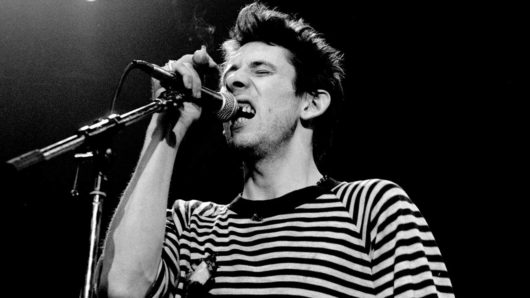“I think much of my solo work collectively is a little more off to the left than what was generally offered in Fleetwood Mac,” Lindsey Buckingham said in 2021. “I don’t necessarily think of myself as a writer as much as a stylist. It’s all about the style and the architecture and the bigger picture of it.” As the best Lindsey Buckingham albums prove, while he is an excellent songwriter and a fine lyricist, the real individuality of his work comes in the overall mood he creates.
The mood may be ferocious. It may be serene. It may whip between the two in a single song. But, as a true auteur, Buckingham uses every corner of the studio space to evoke his feelings, often outside direct lyrical explanation. It means that his songs are rarely literal, and his work retains its freshness.
Over the years, Lindsey Buckingham has inevitably enjoyed – or endured – a complicated relationship with Fleetwood Mac. The best Lindsey Buckingham albums include collaborations with Christine McVie and Stevie Nicks; guest spots from Mick Fleetwood and John McVie also feature. Yet there remains a singular quality to much of his solo work. The albums take years to make, and Buckingham is usually in complete command of their creation.
“It really helps define who I am,” Buckingham said in 2021, speaking of his solo career. “It helps me to stay grounded in a creative process, which is something a lot of people lose over time. I feel lucky. I think that some of it was just luck, but some of it was about the choices that I made. I’m happy.”
Listen to the best of Lindsey Buckingham here, and check out the best Lindsey Buckingham albums, below.
9: ‘Gift Of Screws’ (2008)
The tranquil feel of much of Lindsey Buckingham’s later work, including Gift Of Screws, suggests a contentment missing from his earlier solo albums. There’s also an assuredness in the sound, rather than a fierce quest for something new. “You get to a certain point with your method and in your personal life – when you’re a father – where your context of things moves a little more to the right, shall we say,” Buckingham said in 2008, at the time Gift Of Screws’ release. “I think the need to seek things out becomes a little less important when you’ve defined a way of working, something that’s more internally based.”
Gift Of Screws has a complex history, dating all the way back to the mid-90s, with its songs yo-yoing between being earmarked for Fleetwood Mac releases and for solo Buckingham ones. Yet the more these beautifully wrought songs are heard, the harder it becomes to imagine them as a group effort. “As an artist, I’m still, for better or worse, clinging to my idealism and to my sense that there is still much to be said,” Buckingham said in 2008. “This album is a culmination of that.”
Must hear: Great Day




